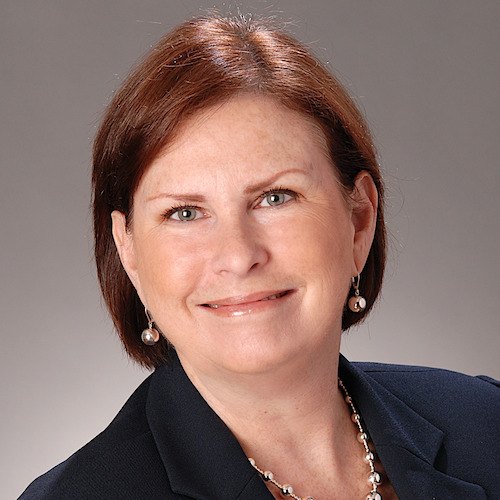
Q: How do I appropriately and accurately define my primary market area?
A: In a market feasibility study, one of the first tasks will be to define the primary market area for a senior housing community. This is the area from which it is expected that the most residents will come. This geography will be the basis for acquiring demographic data, analyzing the economic base and identifying existing and emerging senior living competition.
The PMA definition is influenced by several factors, including natural geographic boundaries, man-made barriers, psychological boundaries and major thoroughfares/drive times. Affiliation with affinity groups, such as faith-based or healthcare organizations, also can influence the PMA definition and/or absorption assumptions.
The PMA typically represents a five- to eight-mile radius, depending on the specific market area. In a very dense urban market area, the PMA may be much smaller than in a less densely populated and more rural area.
For the acquisition of demographics and other data, PMAs are defined using discrete political subdivisions such as counties, cities, ZIP codes or census tracts. As a result, the actual PMA may be irregularly shaped and will represent different sizes of geography — custom-tailored for the specific market and project under consideration. Using ZIP codes or census tracts also allows for a more detailed analysis of the demographics within the overall PMA, specifically identifying the locations of the density and age- and income-qualified older adult prospects and the adult children/decision-influencers.
Many existing senior living communities have the ZIP codes of the addresses from which their residents came when they moved into the community. In some cases, they have the ZIP codes of the adult children and marketing prospects/leads, too. This information can be used to define the actual PMA being served and, if the communities have the historical data, how it may have changed over the years. Comparing this information with the actual demographics in the area could influence current and future target-marketing activities.
An appropriate definition of the PMA will be necessary to understand the market and to accurately assess demand and absorption assumptions. It will be critical to the future success of both new and existing senior living communities.
Lynne Moore is president of MDS Research Company Inc., a national senior living and healthcare consulting firm based in Fort Worth, TX, that has been serving clients for more than 50 years. MDS is a two-generation company — she is following in Jim Moore’s footsteps. Ms. Moore is responsible for all MDS market research-related projects involving all aspects of senior housing and healthcare. Lynne Moore can be reached at (817) 731-4266 or [email protected].
This column appeared as “You’ve Got Questions, We’ve Got Answers” in the April 2023 print issue of McKnight’s Senior Living magazine.
The opinions expressed in each McKnight’s Senior Living guest column are those of the author and are not necessarily those of McKnight’s Senior Living.
Have a column idea? See our submission guidelines here.


